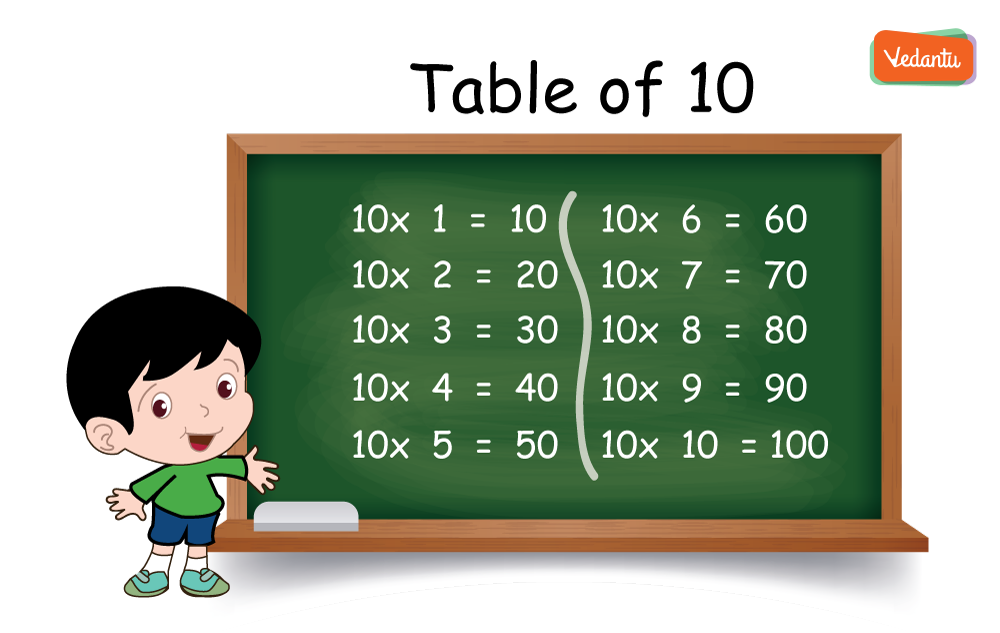Multiplication Table of 10 in Maths - Multiplication Table of Ten - Free PDF Download
FAQs on Table of 10 - Multiplication Table of 10
1. What is the simplest method for mastering the ten times table?
The simplest way to memorise the multiplication table of ten is to remember that the digit in the ones place of the multiples of ten is always 0. Another method is to first construct the multiplication table of one and then add 0 at the end of all the multiples of one to get the multiples of ten.
2. What sentences can you use to describe a ten times table?
We can describe a ten times table with the following:
The ten times table is created by counting up in tens.
The ten times table concludes with a zero.
When multiplying a whole number by ten, we can simply put a zero at the end of that number.
Because of this rule, the ten times table is the easiest table to master.












